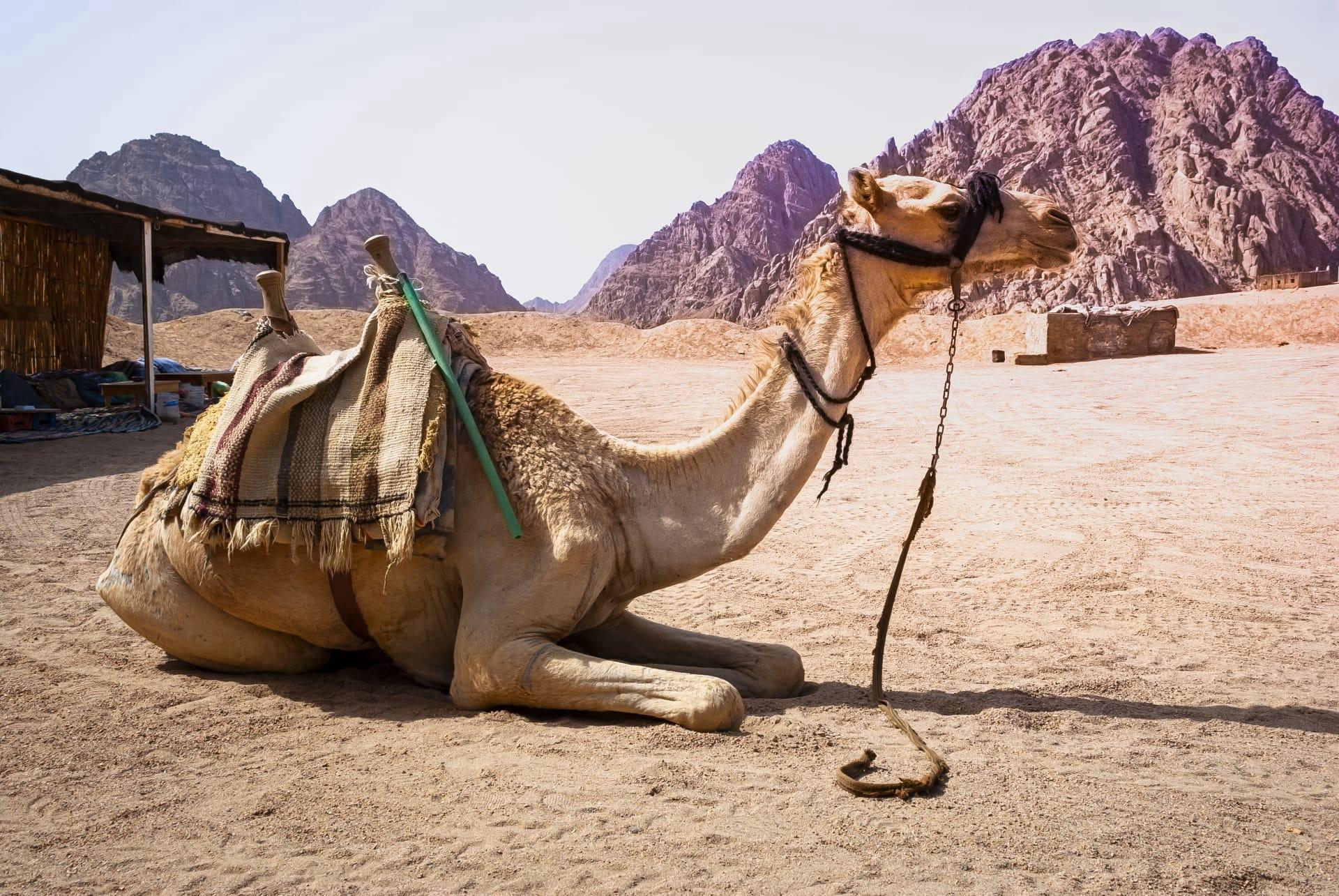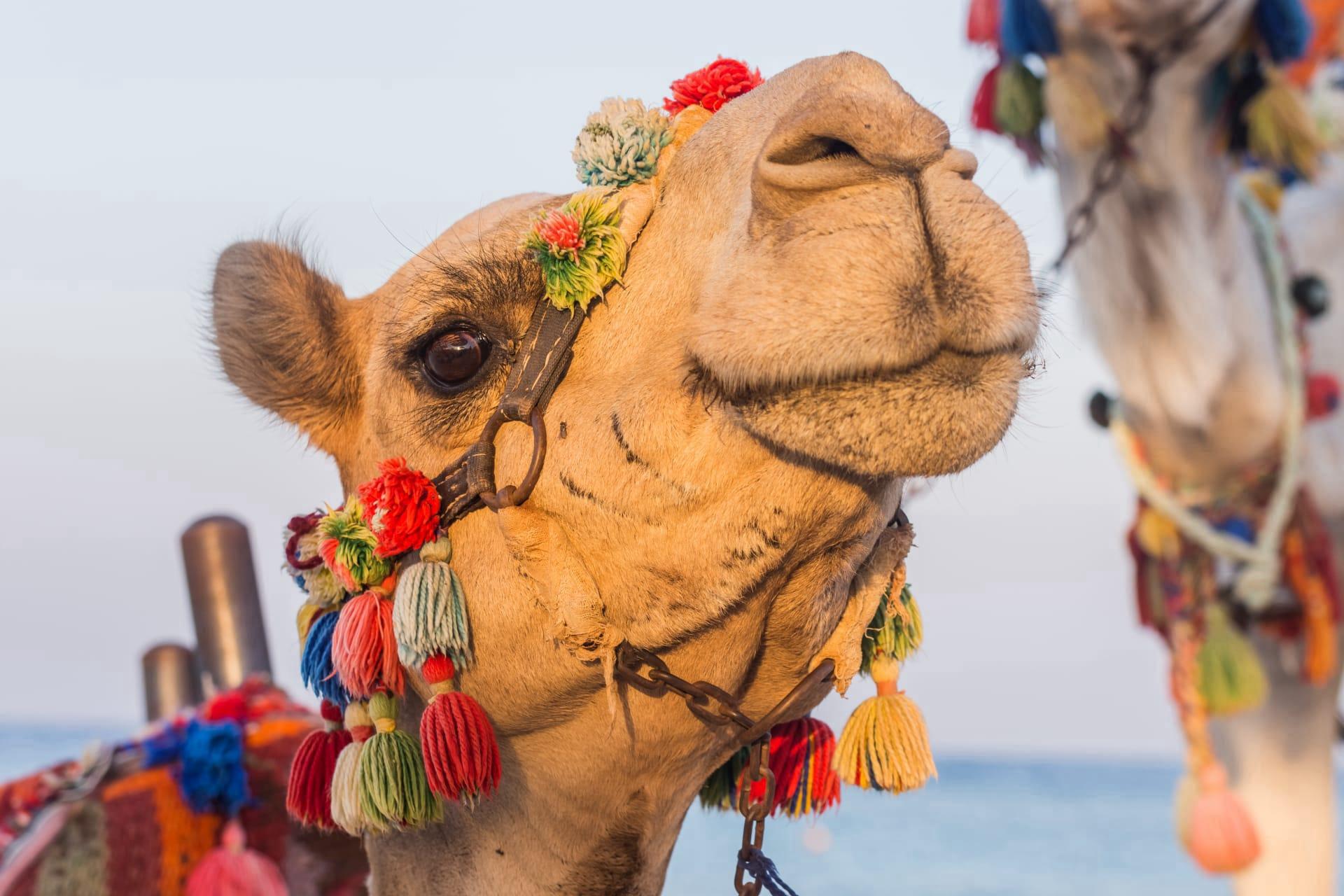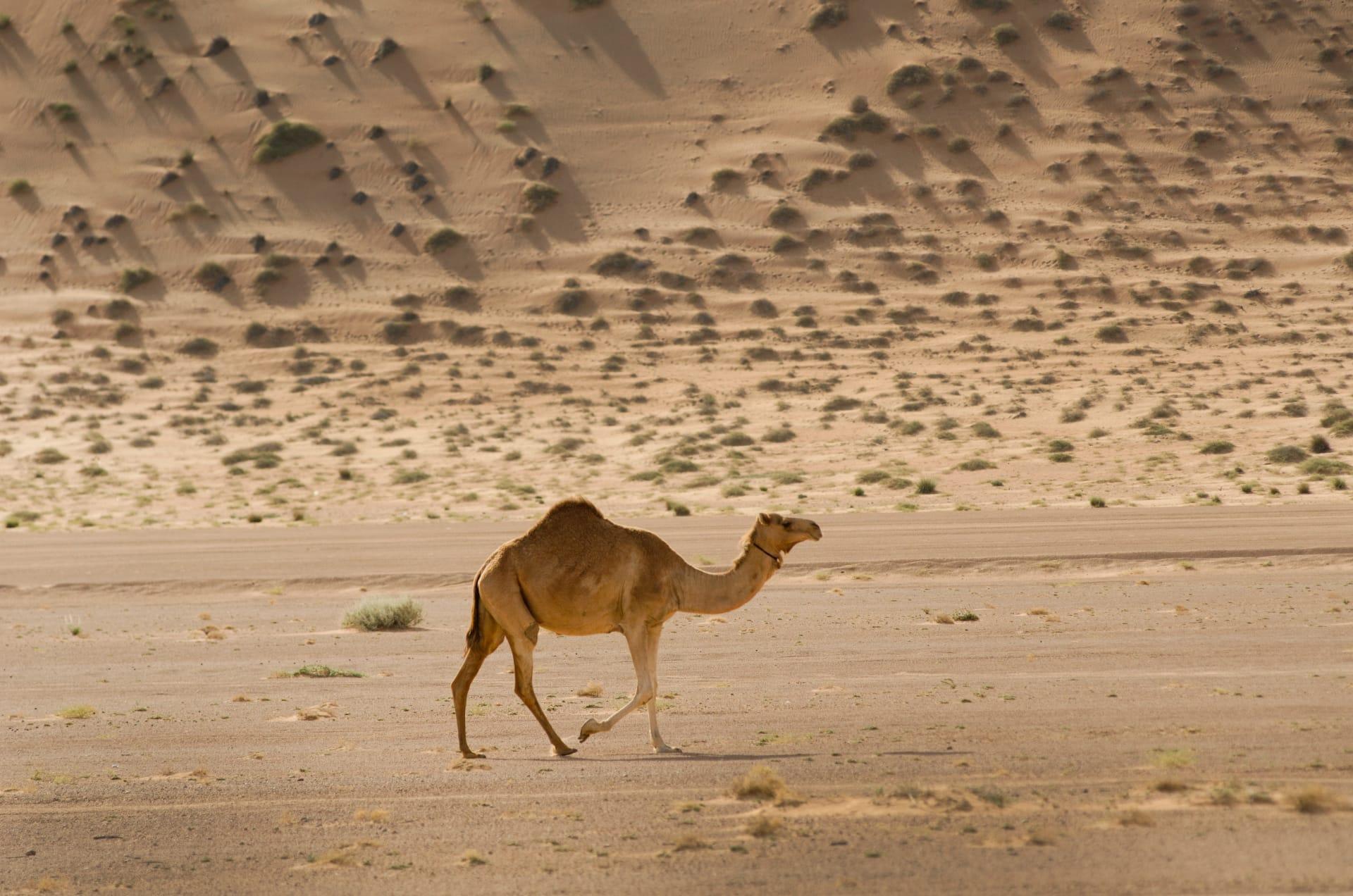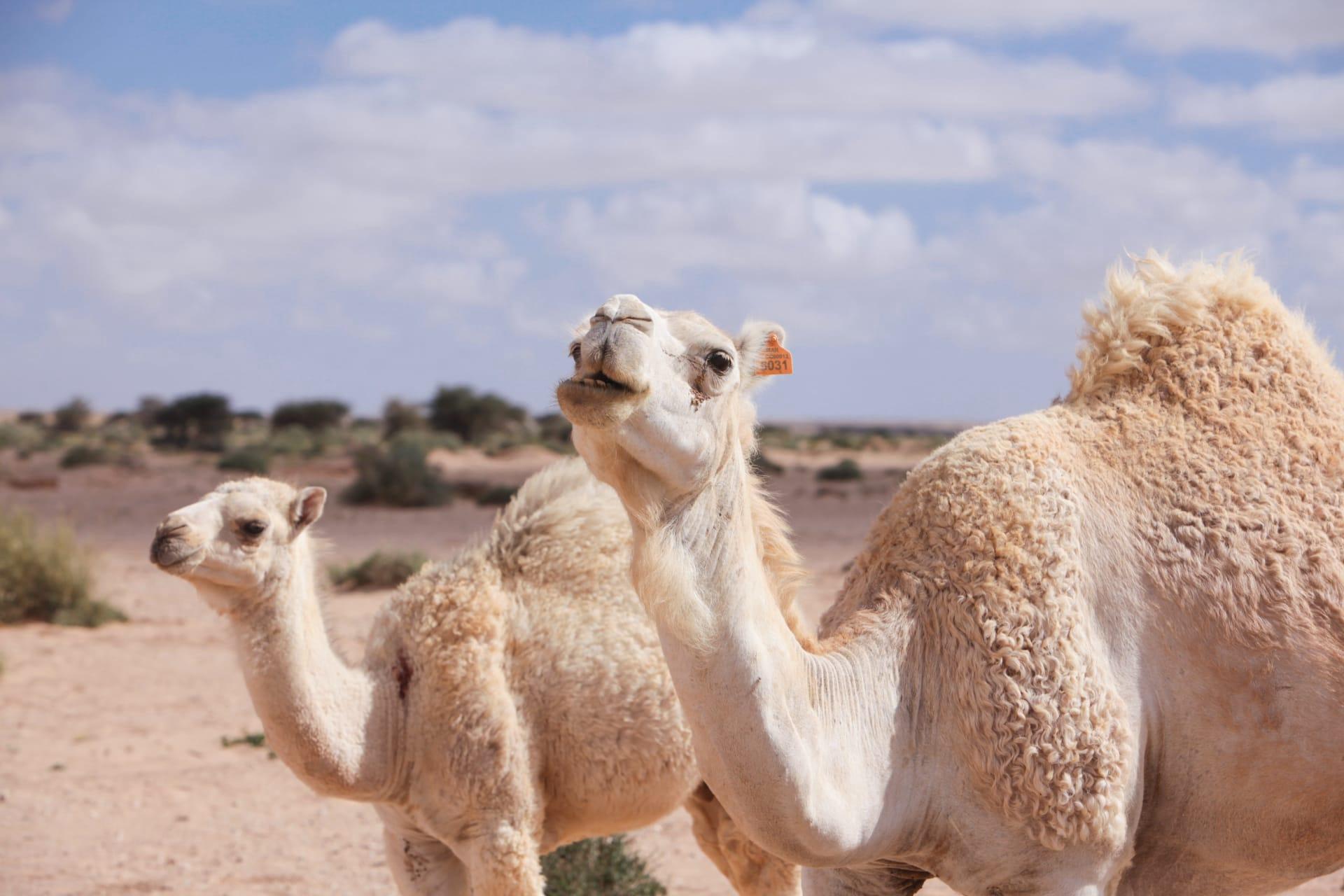Camel Trivia
- Home /
- Trivia Question /
- Animal /
- Camel Trivia
1
Question: How long can a camel go without water, and how does this ability help them survive in desert conditions?
Answer: Camels are remarkable for their ability to survive up to two weeks without water. In cooler weather, this can extend to almost a month. They achieve this through a series of physiological adaptations like their hump, which stores fat that can be converted into water and energy when resources are scarce. Additionally, camels can drink up to 40 gallons (about 150 liters) of water in one go, replenishing their body's water supply rapidly.
Question: What is the purpose of a camel's humps, and do all camels have the same number?
Answer: A camel's hump is primarily a fat reserve, not a water storage as commonly believed. This fat can be metabolized into water and energy during food scarcity. Interestingly, not all camels have the same number of humps. Dromedary camels, widespread in North Africa and the Middle East, have one hump, while Bactrian camels, found in Central Asia, possess two humps.

2
Question: Is it true that camels store water in their stomachs?
Answer: Contrary to popular belief, camels do not store water in their stomachs. Their ability to avoid dehydration lies in their unique blood cells, which are oval-shaped and can expand up to 240% their normal size when hydrated. This allows them to consume large quantities of water and store it in their bloodstream, not in their stomach.
Question: Do camels spit as a defense mechanism?
Answer: Yes, camels can spit, but it's not just saliva. When threatened, a camel can project a mixture of saliva and stomach contents at potential threats. This behavior is more common in domesticated camels and is used as a defensive mechanism to deter predators or perceived threats.

3
Question: How do camels adapt their body temperature to extreme desert climates?
Answer: Camels have a remarkable ability to fluctuate their body temperature, allowing them to conserve water by not sweating as the ambient temperature rises. They can tolerate a body temperature range from 34°C (93°F) to 41.7°C (107°F). This adaptation helps them minimize water loss in extreme desert conditions.
Question: What role do camels' nostrils play in their survival in desert environments?
Answer: Camels' nostrils are specially adapted for desert survival. They can close their nostrils during sandstorms. Additionally, their nasal passages are lined with hair that traps dust and moistens the air they breathe, reducing water loss and protecting them from inhaling sand.

4
Question: How do camels' feet help them navigate the desert terrain?
Answer: Camels have wide, flat feet with tough, leathery pads that spread their weight on the sand, preventing them from sinking. This adaptation is crucial for traversing soft desert sands without expending excessive energy.
Question: Can camels see well in desert conditions, and how are their eyes adapted?
Answer: Camels have excellent vision, which is essential for spotting predators and navigating vast desert landscapes. Their eyelashes are long and thick, protecting their eyes from sand and sun. They also have a third, transparent eyelid that acts like a windshield wiper to clean their eyes while still allowing them to see.

5
Question: What is the average lifespan of a camel, and does it vary between wild and domesticated camels?
Answer: The average lifespan of a camel is around 40 to 50 years. However, this can vary significantly between wild and domesticated camels. In the wild, camels face more natural threats and harsher conditions, which can reduce their lifespan compared to those in captivity, where they often receive regular care and feeding.
Question: How do camels communicate with each other in their herds?
Answer: Camels communicate using a range of vocalizations, body language, and even subtle facial expressions. They can make moaning and groaning sounds, especially during mating season. Body postures, such as head positioning and ear movement, are also important in camel communication, conveying emotions like aggression or submission within the herd.